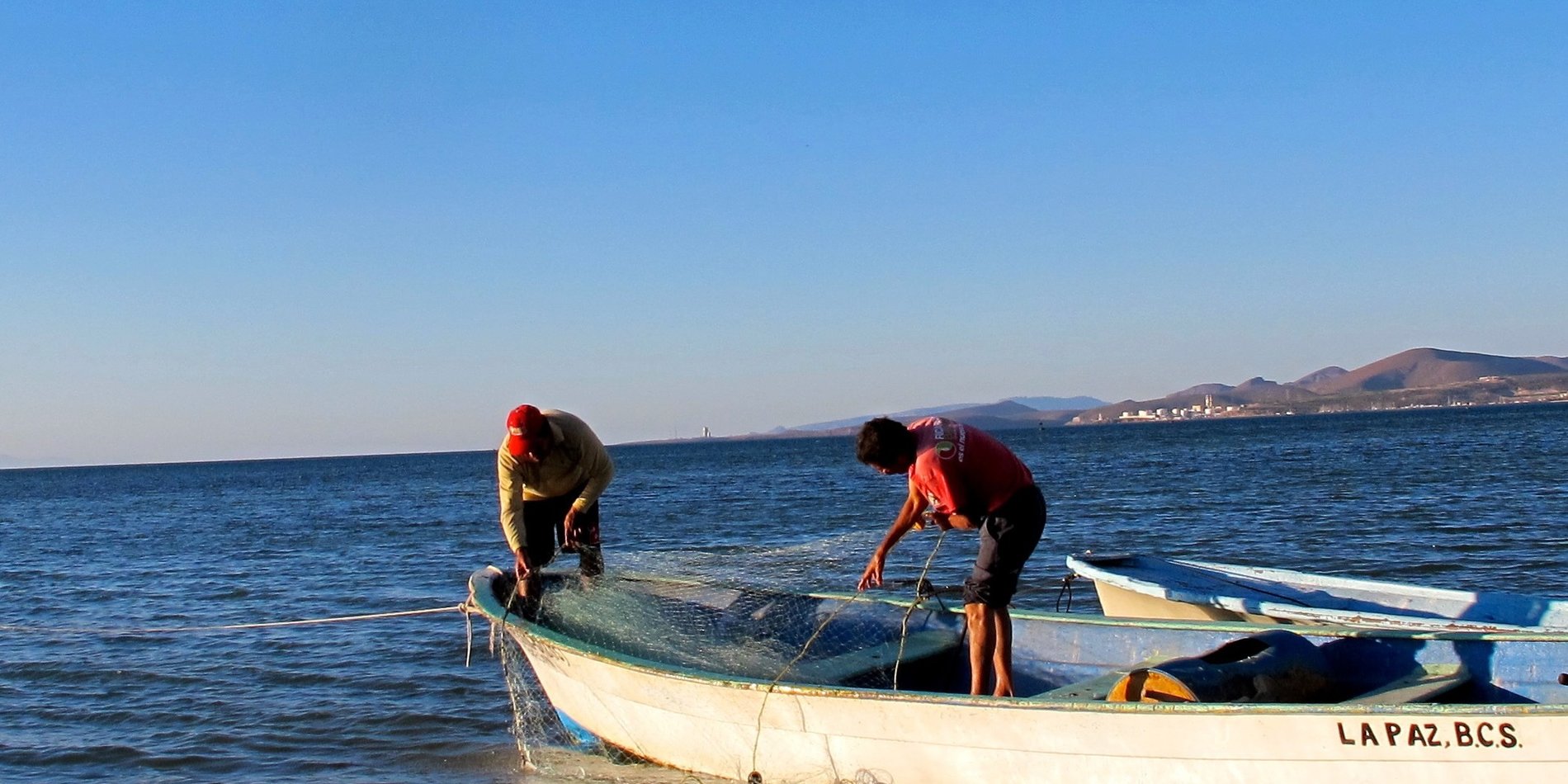New study maps 35 years of giant kelp forest persistence and quantifies protection along West Coast of North America
Giant kelp forests — found off of 25 percent of the world’s coastlines, including iconic California coastal ecosystems — are in need of help, researchers say. Coastal ecosystems long filled with dense, swaying underwater forests are increasingly threatened by climate change, warming waters, and human activities. A study by an international team of scientists, led by University of Queensland PhD candidate Nur Arafeh-Dalmau, analyzed 35 years of satellite data information along the West Coast of North America to identify and understand potential sanctuaries for these giant kelp forests, a method that could be used around the world. Based on the analysis, the team suggested that a two-fold increase in the area of kelp protected by marine reserves is needed to fully protect persistent kelp forests.
“Giant kelp is the fastest growing organism on Earth, and when we lose a forest, we’re losing an incredible carbon store, habitat for marine biodiversity, breeding grounds for fish stocks and an erosion buffer for coastal communities,” explained Arafah-Dalmau, whose research is supervised by University of Queensland’s Professor Hugh Possingham and Stanford Center for Ocean Solutions co-director Fiorenza Micheli. “We’re working hard on this very problem, monitoring where kelp forests thrive over time and quantifying how much of these persistent kelp habitats are fully protected.”

Image: Tom Bell
The mapped region covered thousands of miles along the United States and Mexico coastline and islands of the east Pacific Ocean. While some regions have good levels of protection, others need to increase the amount of fully protected kelp - especially in Baja California which is faced with episodes of high sea surface temperatures and low nutrients. “We found there’s an alarmingly uneven level of protection of kelp forests inside marine reserves in the region, with less than one percent protected off Mexico’s Baja California coast,” said Arafah-Dalmau.
To Micheli, a co-author on the paper, this work further emphasizes the importance of fully protecting 30 percent of the ocean by 2030, including kelp forest ecosystems. “Protecting persistent kelp forests and determining where forests can act as climate refuges is imperative,” she said. “However, other measures will also be necessary including restoration of degraded kelp forests, identification of genetically resilient kelps for targeted protection and restoration, and a reduction of other anthropogenic stressors like overfishing and pollution.”
Now, the research team will use these methods worldwide to map the persistence of giant kelp and other canopy forming kelp species in Chile, South Africa, Australia and New Zealand. A coordinated global effort can help countries and communities make decisions about potential protection and restoration actions for these highly productive ecosystems.
To Arafeh-Dalmau, such an effort is critical to long-term conservation: “We need the public and policymakers to know these mysterious underwater forests exist, they’re being threatened globally by human activities, and we need to protect them now.”
The international team also includes Associate Professor Kyle Cavanaugh and PhD Candidate Kate Cavanaugh from the University of California, Los Angeles, Dr. Adrian Munguia-Vega from the University of Arizona, Professor Gabriela Montaño-Moctezuma from Universidad Autónoma de Baja California, and Dr. Tom Bell from the Woods Hole Oceanographic Institution.
Read the full Communications Earth & Environmentpaper >
Read the University of Queensland's press release >
Contact
Nur Arafeh-Dalmau | n.arafehdalmau@uq.net.au
Fiorenza Micheli | micheli@stanford.edu
Stanford Center for Ocean Solutions | oceansolutions@stanford.edu
University of Queensland | dominic.jarvis@uq.edu.au



